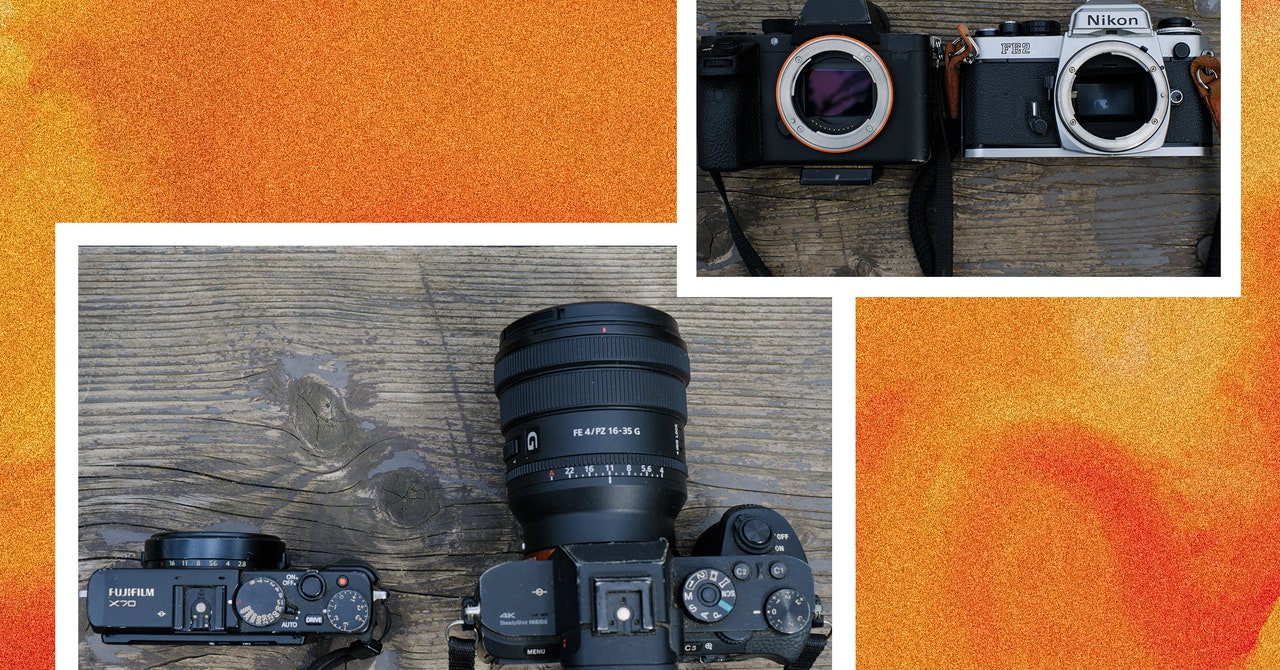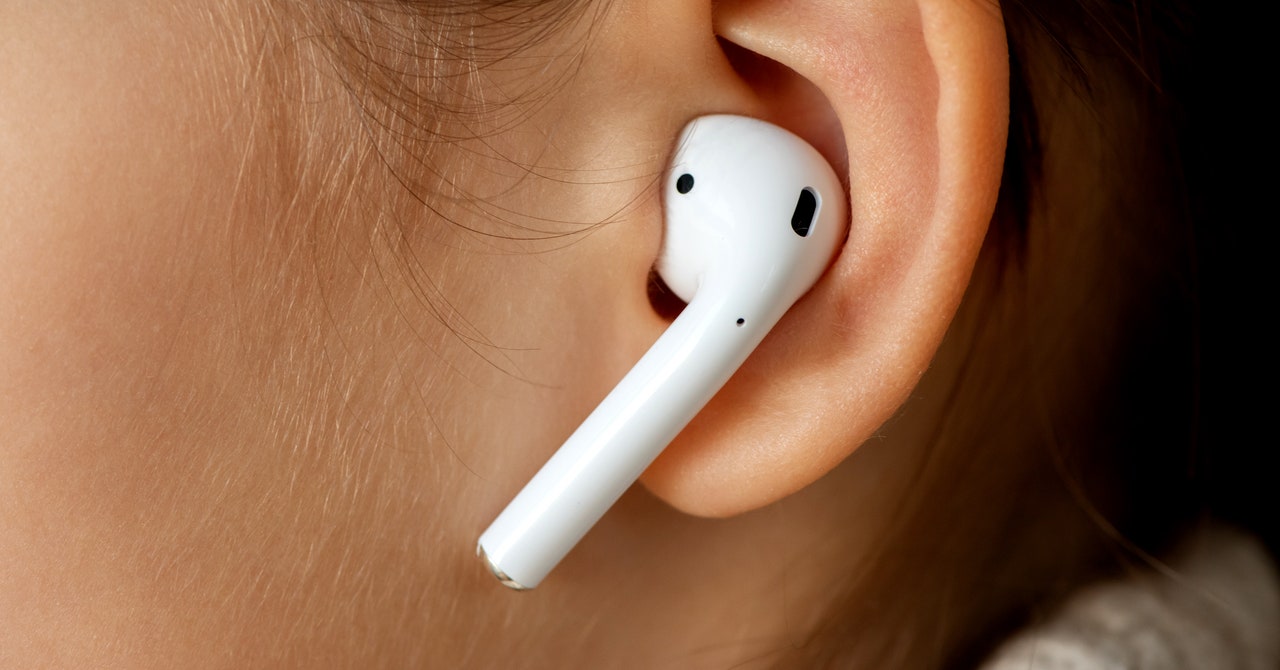
The very first thing to find out about shopping for a digital digicam in 2024 is that it is just about unattainable to purchase a nasty one. You in all probability have an awesome digicam in your hand proper now. For many individuals, a smartphone will be camera enough, however if you’d like a digicam separate out of your telephone, learn on.
The present crop of digital cameras is sort of universally incredible. Every part available on the market is able to capturing nice photographs, offered you discover ways to use your digicam and perceive the fundamentals of pictures: composition, gentle, and timing. That stated, you do not need a technically good digicam—you need the best digicam for you.
The correct digicam for you relies on what you wish to {photograph}, the way you wish to use it, the place you are going to shoot, and a myriad of different questions that solely you possibly can reply. That will help you out, I will stroll by way of the fundamentals of each main part of a digicam you may wish to find out about, breaking down jargon and explaining issues on a sensible degree.
Desk of Contents
Particular supply for Gear readers: Get WIRED for just $5 ($25 off). This consists of limitless entry to WIRED.com, full Gear protection, and subscriber-only newsletters. Subscriptions assist fund the work we do on daily basis.
What Form of Images Do You Wish to Take?
Step one find the most effective digicam for you is realizing what you wish to do with it, not less than considerably. For instance, if you understand you are going to be taking footage of your youngsters’ sports activities video games, you may wish to pay particular consideration to how good the autofocus is, and how briskly it will probably seize photographs (measured in frames per second, or fps). If you understand you are going to additionally wish to make movies, ensure you get one thing with high-quality video options, like 4K 100 fps for sluggish movement content material and one thing to remove or reduce rolling shutter. Should you love astrophotography, you may wish to pay particular consideration to how noisy a sensor is perhaps.
Whereas each digicam made in the present day is able to nice photographs, some are higher than others at sure area of interest duties just like the examples above. Realizing the kind of photographs you wish to create will make it easier to slender down your search. Should you’re new to pictures and do not know what you are going to find yourself liking, that is okay—don’t be concerned about high-end area of interest options like superfast autofocus. Focus as a substitute on entry-level cameras designed for the generalist, which is able to prevent some cash as effectively. Put that cash into high-quality lenses.
Glossary of Digital camera Phrases
- ISO: ISO dates again to the movie days when it was a standardized approach of indicating how delicate a movie was to gentle. It was adopted in digital to keep up comparable brightness ranges as folks have been used to in movie pictures. So setting your digital digicam to 100 ISO ought to provide you with roughly the identical base ranges of brightness as 100 movie pace. ISO ranges from round 50 to six-digit numbers on some cameras. The bottom ISO in your digicam is usually referred to as the “base ISO.” It will have the least noise. As you progress up in ISO quantity, the noise will increase, however so does the sensitivity to gentle. The much less gentle you have got, the upper the ISO you may wish to use.
- Aperture: The dimensions of the opening inside your lens. The broader the aperture, the extra gentle will enter the lens. Small apertures are generally referred to as “quick,” as in an f/1.2 lens is quick. Slim apertures (f/8 or f/16) imply much less gentle enters the lens. Aperture impacts depth of subject (how a lot of the image is in focus), so the broader the aperture, the much less of the picture that can be in focus, and you’ll create the favored “bokeh” blur impact.
- Shutter Velocity: This beforehand referred to the mirror lifting as much as expose the movie or digital sensor to gentle. With mirrorless cameras, it has misplaced that that means, however nonetheless refers to how lengthy the sensor is uncovered to gentle. It is written in fractions of a second, like 1/125s, as much as entire seconds, relying in your digicam. The longer the shutter is open, the extra gentle is let in. Which means that something shifting whereas the shutter is open will turn into blurry—for instance, water flowing over rocks takes on a easy look.
- Publicity: Publicity is how gentle or darkish your picture is. In case your picture is simply too darkish, the picture is named underexposed. If it is too vibrant, it is overexposed. Publicity is managed by utilizing the earlier three instruments—ISO, aperture, and shutter pace—balanced to get the publicity you need.
- White Stability: This refers back to the coloration of sunshine. Your eyes are good at adjusting to totally different lights, however your digicam just isn’t. That is why generally your evening pictures have a really yellow-orange solid to them. White stability can be utilized to get round this by telling the digicam the temperature of the sunshine you are capturing below. Many individuals use the auto setting for white stability, which is usually fairly good. I choose all the time capturing at 5,500 levels Kelvin (daylight) and adjusting white stability as wanted in software program.
- Publicity Compensation: It is a technique of telling your digicam to below or overexpose the picture. It is helpful in automated capturing modes. It is measured in “stops” of sunshine (it is working like an additional aperture), with optimistic numbers producing a brighter picture and adverse numbers supplying you with a darker picture.
- RAW: It is a generic identify for a sort of picture file that’s simply, effectively, uncooked knowledge. You want RAW processing software program like Adobe Lightroom, Seize One, or Darktable to view RAW photographs, however RAW information could be edited rather more extensively than JPEGs. I strongly suggest capturing in RAW. It provides you better modifying management over your photographs.
- Side Ratio: That is the ratio of the width to the peak. It is normally 3:2, sometimes 4:3, and generally 16:9. Some cameras permit you to select between these and maybe extra. Simply keep in mind that should you plan to print at a selected dimension, you might have to crop relying on the facet ratio. I usually shoot at 3:2, which implies if I wish to print at 8 X 10, I will should enlarge to eight X 12 after which crop a bit.
- Focal Size: That is the size of the lens (technically the space in millimeters between the lens and the movie or sensor). This determines the sphere of view and zoom quantity, and can have an effect on how a lot distortion is within the picture.
- Depth of Area: DoF is how a lot of the picture is in focus. You possibly can put the purpose of focus anyplace, however no matter the place you place it, a specific amount of the picture each behind and in entrance of that time will even be in focus. That is the depth of subject. A greater time period can be depth of focus, but it surely’s referred to as subject. The depth of subject is influenced by the interaction of the aperture, the focal size of the lens, and the place of the themes throughout the scene.
- Bokeh: “Bokeh” is a phrase for the overuse of maximum depth of subject. Simply kidding. It is a Japanese phrase to explain the blur high quality of the out-of-focus parts of a picture. You may hear a photographer say a picture has “easy bokeh.” Simply nod and again away slowly. Kidding, actually. Which means that the blurry portion of the picture is good and easy, with out harsh circles or a jittery sense of blur. Acquired it? OK, now run.
Level-and-Shoot vs. Interchangeable Lens
{Photograph}: Scott Gilbertson
If you wish to step up from a digicam telephone, I might recommend skipping over point-and-shoot cameras and going to an interchangeable lens system. The reason being that almost all point-and-shoot cameras are solely reasonably higher than a telephone. Some aren’t even nearly as good as your telephone. You do get a zoom lens in lots of instances, which is a step up, but it surely’s not a lot of a step, particularly for the value.






